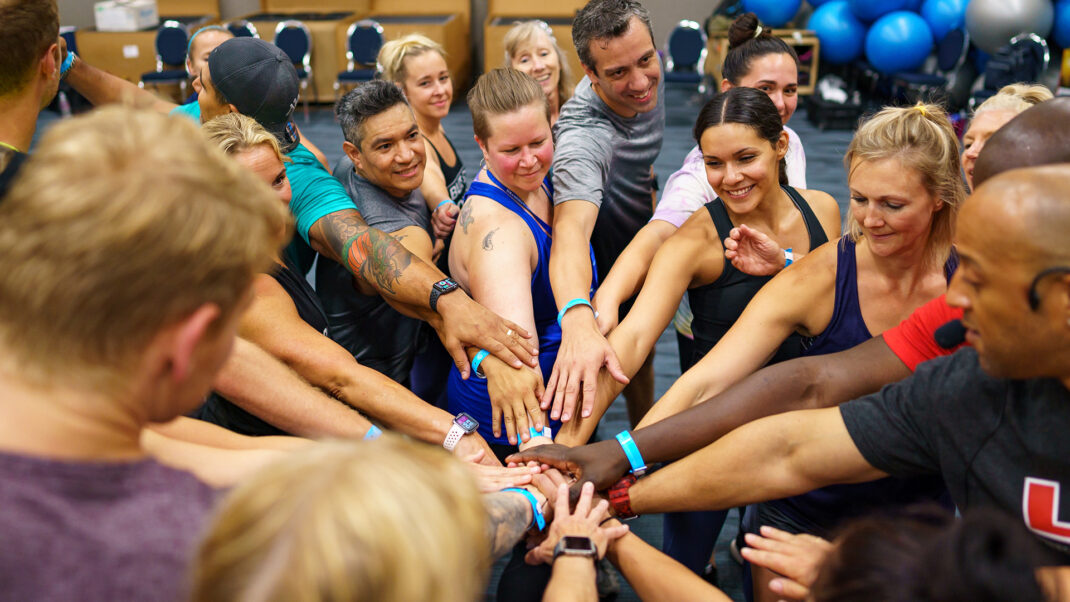Upgrade Your Virtual Communication
Keep your team engaged and motivated with targeted techniques.

Clear and organized communication is the foundation of great leadership. While reading words through an electronic device or watching a screen isn’t the same as interacting with someone in person, you can make virtual meetings more tolerable—and fun—with the right approach.
Start by setting communication expectations with your team. Provide consistent meetings at dependable times and use the same platform, when possible. Clarify which virtual communication tool you’ll be using and how often staff need to monitor it to stay up to date. Email is important, but it shouldn’t be the only contact point, especially these days. Ensure that everyone knows where to find your messaging and that employees’ responses are also easy to find.
Let’s explore how to roll out a successful virtual communication strategy.
Timing
At a minimum, meet with your team at least once a month. Virtual meetings are an important way to connect with and hear from each other in real time. Even if you have an in-person meeting scheduled, set up a virtual option so that you can include as many people as possible, in case some can’t attend the live session because of travel or illness. Choose from several platforms, including Zoom, Microsoft Teams, GoToMeeting and Skype. There are many ways to make these meetings entertaining and inclusive.
- Create a themed meeting, such as tropical or ’80s. Encourage people to wear an outfit or make their background fit the theme.
- Come up with trivia questions about your facility or other topics, and give the winner a prize.
- Play “Who did it first?” Create a list of things people tend to do in meetings. For example: Who laughed first? Who touched their face first? Who said the word “good” first? After the meeting, let the group know who was first.
- Play traditional games like charades or Pictionary. Send players the mystery word via email or text.
- Ask one of your trainers or group fitness instructors to guide the team through a short, interactive virtual workout or a brief meditation.
See also: Protect Your Virtual Fitness Business
Create a Community
Community platforms are central locations for posting fun, personal updates. You can connect this way weekly, especially if your team doesn’t meet live regularly. Try a private Facebook group, Tango, Discord or the forum feature on GroupEx PRO. Quick disclaimer: Always ask permission to post anything personal.
Here are some specific ideas to make this entertaining and useful:
- Clarify that this communication tool is a place for fun posts, not for work-related announcements, requests or questions.
- Share community-building announcements like birthdays, engagements, new babies, a new home purchase, etc.
- Post fun questions, such as, “What are three things you cannot live without to keep your home in order?” or, “What’s your favorite cycling drill to teach?” These prompts stimulate lively discussion, and the questions can be helpful for the team to ponder.
- Encourage appropriate, entertaining memes or funny gags about fitness. The internet can be offensive, but there are also great opportunities for humor and connection. If you can trust your staff, this can help everyone find the humor in their jobs.
- Interview new instructors and post welcome videos.
- After annual reviews—and if people are willing—ask staff to post videos where they share some of their biggest lessons from the past year, along with some favorite resources, funny stories and what they’re looking forward to in the next review period.
See also: How to Breed Staff Loyalty
A Second Look at Email
Email is probably the most common form of regular communication you have with your team. It is direct, specific and useful, but it can also be a minefield of hasty, reactive and misunderstood replies. Unless you’re sending a calendar invitation to the whole team, use email for direct communication with small groups (one to five employees). Consider the following strategies to ensure your emails remain professional, thoughtful and clear:
- Slow down. Before responding to an email, pay attention to what you’re reading and how you feel as you read it. Does it elicit an emotion or assumption? If so, take time to clarify your response in a thoughtful, straightforward way.
- Send detailed calendar invitations at least 2 weeks in advance of a scheduled meeting.
- Proofread your email before sending it. Pay attention to tone and professionalism, and double-check dates and times.
- Strategically use lists and bullet points. People get way too many emails. Precise language will help team members accurately read important information.
- Avoid capital letters, highlighting and bolding. They may seem like useful ways to add emphasis, but they often convey an aggressive tone. Also, readers may feel you don’t trust them to ascertain what’s important.
- Include other readers with care and consideration. Never hit “reply all” unless you’re absolutely certain everyone needs to see it. Not only is it annoying to get an irrelevant email, but it can cause confusion. When you copy someone, be sure that it’s necessary and that you’re not implying you don’t trust the primary recipient.
Resource Center
Another idea is to have an organized place for employees to access important department information without having to sort through emails or create their own folders. Platforms for building a department resource page include GroupEx PRO, WhatsApp or Slack. Update the information weekly. You may want to include
- an employee handbook with job descriptions;
- systems and processes;
- contact information and specialties for each teammate;
- educational resources such as websites, webinars, YouTube channels, conferences, in-house trainings; and
- a profile for each employee that includes the person’s fitness specialties, anniversary date, certification expiration dates, pay rate (confidentially), etc.
Just because you can’t meet in person doesn’t mean you can’t have a productive meeting. Use the ideas presented here to promote fun and connection from a distance. Great communication promotes relationship and trust. Employees feel empowered when the information they need to succeed is clear, organized and purposeful.
See also: Protect Your Virtual Fitness Business
Staci Alden
Staci Alden is committed to helping group fitness managers elevate their programs, instructors, and leadership skills through her writing, presentations, and YouTube channel. For more than a decade, she has overseen a team of over 100 private Pilates and group fitness instructors at a luxury health club in Seattle, Washington. Staci also is certified as a master Balanced Body® barre and MOTR® instructor.







